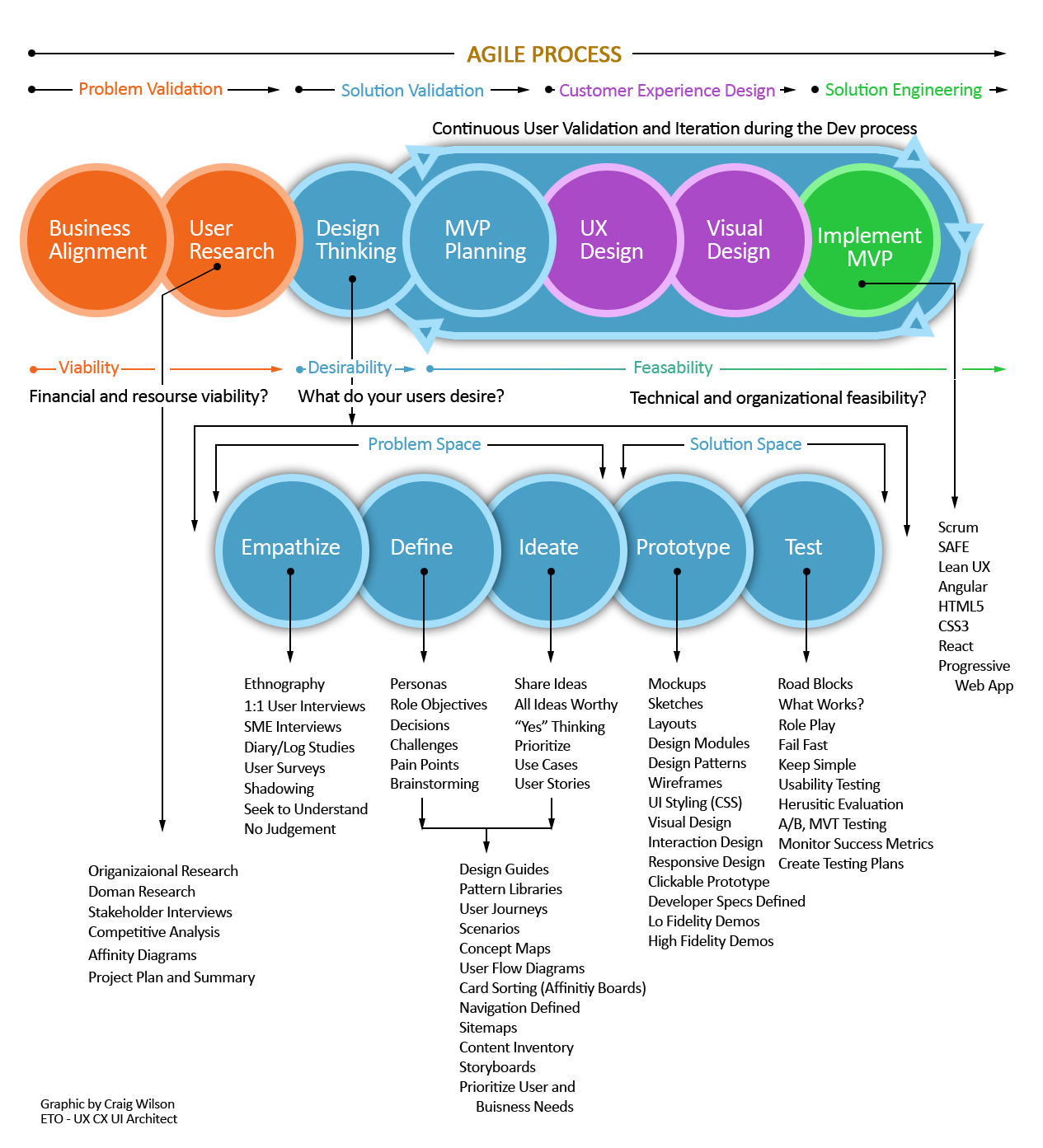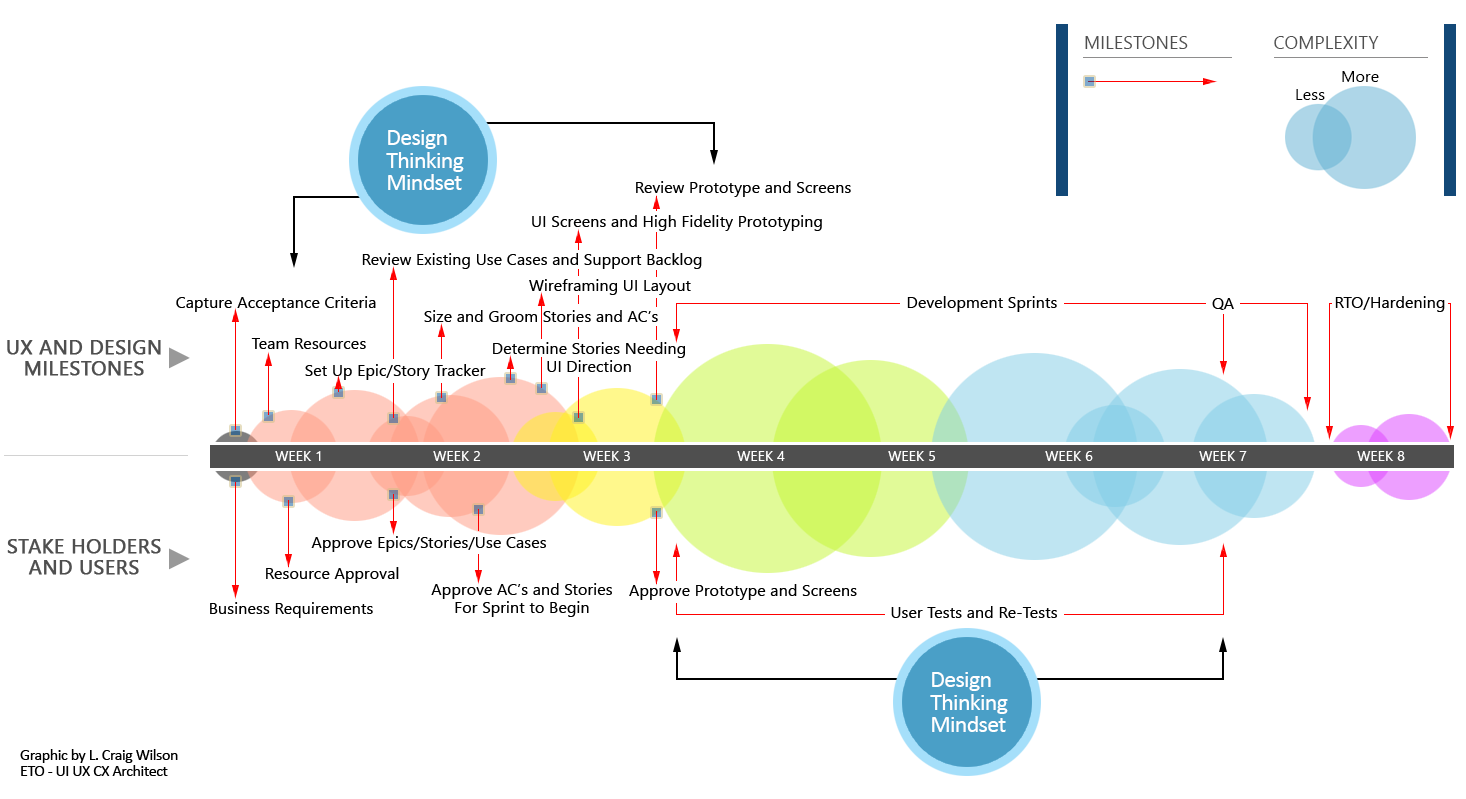Overview

Stemming from the values and principles of the Agile Manifesto, "Agile" was created as a response to the inadequacies of traditional development methods such as the Waterfall method. The software industry is a highly competitive market due to the fact that software is something that can be continuously upgraded. This means that developers need to constantly improve and innovate their products to keep on top of the game — and the linear, sequential approach of the Waterfall method just wasn’t cutting it.
What is the Agile Manifesto?
The Agile Manifesto is a declaration of the values and principles expressed in Agile methodology. Made up for four foundational values and 12 key principles, it aims to help uncover better ways of developing software by providing a clear and measurable structure that promotes iterative development, team collaboration, and change recognition.
The values and principles of the ‘Manifesto for Agile Software Development’ are:
Values
- ** Individuals and interactions over processes and tools
- ** Working software over comprehensive documentation
- ** Customer collaboration over contract negotiation
- ** Responding to change over following a plan
The Agile Manifesto philosophy is, while there is value in the items on the right, ** we value the items on the left more.
Principles
- Customer satisfaction through early and continuous software delivery
- Accommodate changing requirements throughout the development process
- Frequent delivery of working software
- Collaboration between the business stakeholders and developers throughout the project
- Support, trust, and motivate the people involved
- Enable face-to-face interactions
- Working software is the primary measure of progress
- Agile processes to support a consistent development pace
- Attention to technical detail and design enhances agility
- Simplicity
- Self-organizing teams encourage great architectures, requirements, and designs
- Regular reflections on how to become more effective
Those who apply any type of Agile methodology adhere to these values and principles. The manifesto offers a good overview of what is expected when it comes to the Agile development life cycle practices.
What is Agile project management?
Agile project management is a methodology that is commonly used to deliver complex projects due to its adaptiveness. It emphasizes collaboration, flexibility, continuous improvement, and high quality results. It aims to be clear and measurable by using six main “deliverables” to track progress and create the product.

The deliverables
- Product vision statement: A summary that articulates the goals for the product.
- Product roadmap: The high-level view of the requirements needed to achieve the product vision.
- Product backlog: Ordered by priority, this is the full list of what is needed to be done to complete your project.
- Release plan: A timetable for the release of a working product.
- Sprint backlog: The user stories (requirements), goals, and tasks linked to the current sprint.
- Increment: The working product functionality that is presented to the stakeholders at the end of the sprint, and could potentially be given to the customer.
Design Thinking in Agile
Download PowerPoint slide show you can use to drive a discussion around Design Thinking in the Agile Process.